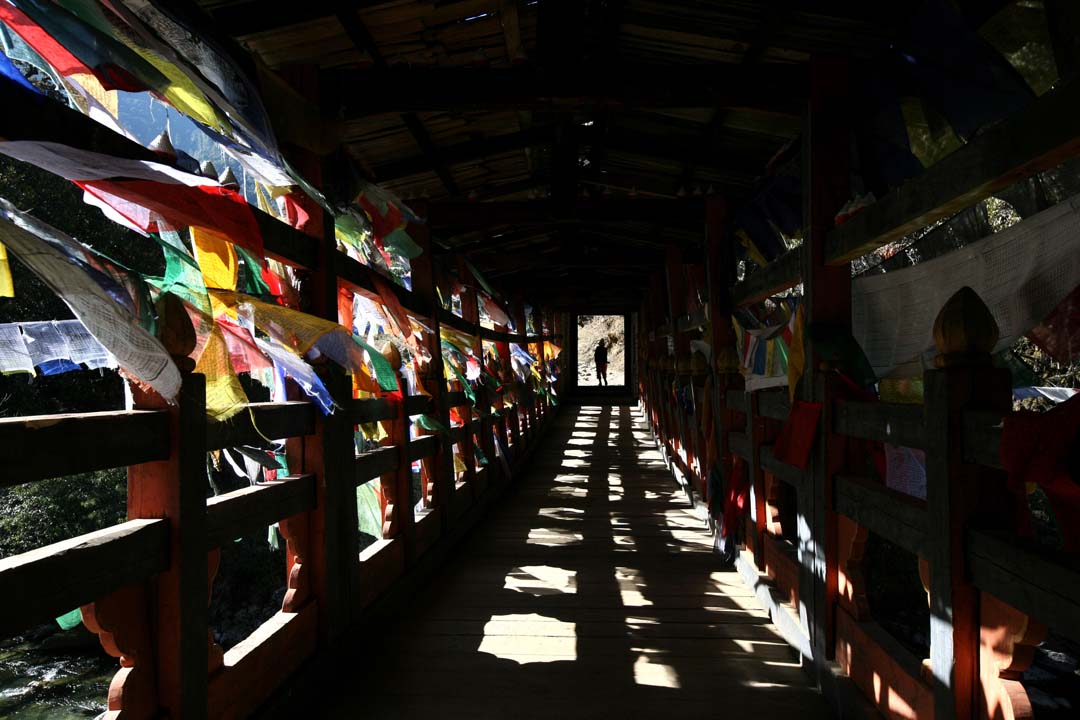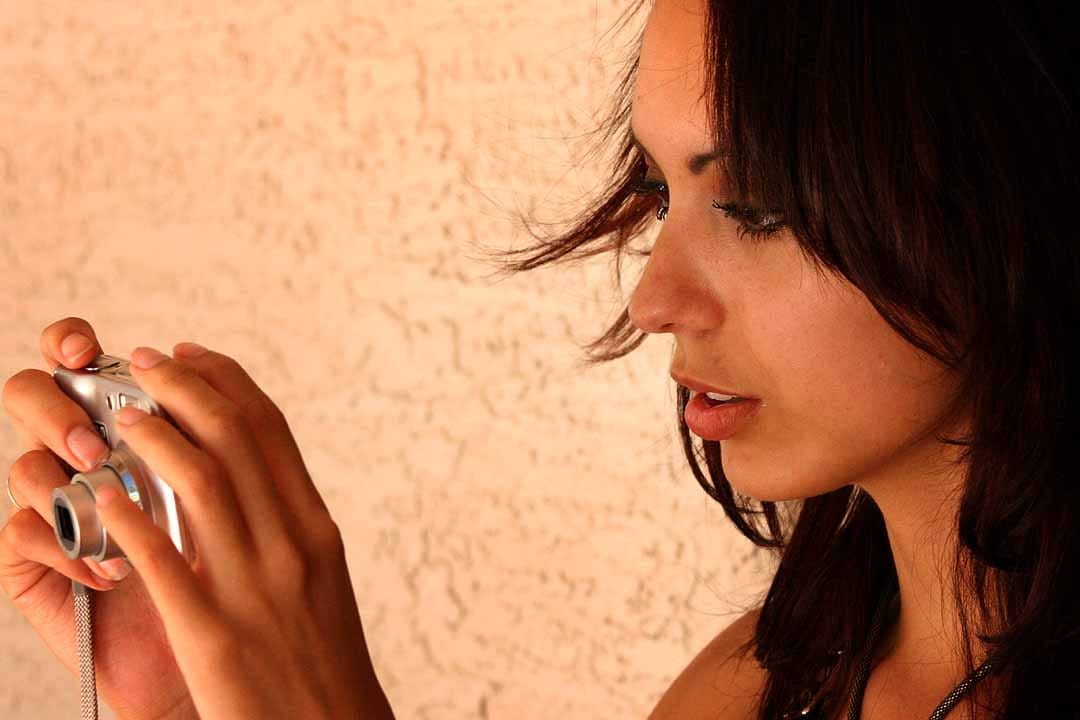Contributed by Steve Evans
Nate: This article is adapted from a couple blog posts and an article on photography Steve wrote a while back.
Here are some tips on developing your Photographer’s Eye along with simple things you can do to take better photographs. Remember, it’s not the camera that takes great photos, it’s the person behind the lens!
1] The Basics
Simplify the Shot

Define your subject and avoid distractions. Oftentimes this just means moving in closer and filling the frame! This way you will be able to eliminate distracting backgrounds and draw attention to the subject.
Remember the Rule of Thirds

This is a strategy that pleases the eye, oftentimes without really knowing why. It basically means dividing the image into thirds both horizontally and vertically. This provides four points of intersection. Placing the subject at any one of these points of intersection makes for a more pleasing image.
Follow the Lines

The human eye instinctively follows lines, so anytime they can be included in an image, they can make for a more compelling shot. The secret, however, is being sure the lines emphasize rather than detract from the subject. They should lead the viewer’s eye to the subject. There are diagonal lines, curved lines, s-curved lines, converging lines, and even triangles.
2] Developing Your Photographer’s Eye
“You cannot depend on your eyes when your imagination is out of focus.” Mark Twain

You must always remember: People take great photographs; it’s not the camera. The camera is only a tool in the hands of a photographer. Beverly Schultz, photography instructor, said: ‘I can still remember how I felt when I bought my first expensive camera, took a set of pictures, had them developed, and found nothing of interest in the batch.’
She continued, ‘The point when I knew my photography had crossed the line from amateur to professional was when I could shoot a series of images and know that I’d captured the images I was after. I didn’t have to wait to see [them], because I had learned to see the images before I took them, and I knew how to use my equipment well enough to capture the images I saw.’
You can become a better photographer. The first step in doing so is to develop your eye. Learn to see the image before you take it. That doesn’t necessarily mean that you know exactly what photos you will shoot and the contents of each one beforehand. It means that you recognize that the subject you see is exactly what you’re after, then you put into play everything you know about taking a good photograph and you capture that decisive moment. By being able to define your subject before you shoot, you can design other elements of the image to emphasize and support that subject.
So, don’t think you can’t take better photos because you don’t have a better camera. At the same time, don’t let the ease of a fully automatic point-and-shoot camera lull you into the idea that all you have to do is ‘point and shoot’! Mitchell Beazley of Kodak said: ‘The speed and ease of pressing the shutter release on a modern camera can be a stumbling block to imaginative photography unless you can recognize that most of the work involved in creating a picture should be done beforehand.’
3] Following Your Strengths

A wise man once wrote, ‘There are three things which are too wonderful for me, four which I do not understand: the way of an eagle in the sky, the way of a serpent on a rock, the way of a ship in the middle of the sea, and the way of a man with a woman.’ This ancient sage must have had the heart of a photographer, for he captured in words what many photographers dream of capturing in a still image – the mystery and wonder of life.
When I first began traveling the world nearly three decades ago, I had visions of preserving with my camera every beautiful sight I encountered. I saw a lot of sights and shot a lot of film. What I eventually learned, however, was that more often than not, the camera could never fully or adequately capture what the eye beheld; at least not for me. I realized that it took someone of special talent to convey through the lens the surrounding natural beauty of the world. I tried. I shot sunsets and trees, waterfalls and mountains, wild animals and high tides. A few were good; some were okay; and many were merely ‘snapshots’ of mediocre quality.
As I began to analyze my work over time, trying to sort out the best from the good and the good from the volumes of the ordinary, a pattern emerged. My better shots were people shots. A look here, a smile there, a sense of pride and dignity found in one image or another, a person surrounded by the elements of his or her distinct culture and heritage – these were the photos that conveyed to me the mystery and wonder of life. They contained a ‘spark’ that my landscape, wildlife and still-life images never had. So I began to follow some very common but good advice: find your strengths and concentrate on them.
4] Shooting People (With A Camera)

It has been said that ‘the eyes are the windows to the soul.’ This is so true. We all find, I believe, that when the eyes of the person in an image are sharp, clear and riveting, the photo becomes compelling and almost magnetic, drawing the viewer to it. Many times it is the eyes that reveal character, offer hope, reflect joy, portray sorrow, share pain, veil mystery, convey passion, hint at a secret, or project love. In essence, the eyes convey that ‘spark of life’ we want to capture with our cameras.
A photographer must do all he or she can to focus on the eyes, and when it can’t be managed with auto-focus, switch to manual focus. The best lenses to get these shots are telephoto or zoom lenses, and it is with these images that multiple exposures versus just one or two shots may make a difference. Within the matter of fifteen or twenty seconds and dozens of shots, a whole range of emotions and expressions can be captured, allowing for the selection of the one that is ‘just right.’
One of the most common mistakes made in taking photographs is that of putting the head of the subject in the exact center of the picture and leaving a lot of space around it – in particular, unused and wasted space in the top portion of the image. Don’t do this! Let me give you three words of advice: fill the frame! An alternative would be to creatively use space around a subject. For instance, offset the face to one side or the other, creatively filling the frame with a combination of the face and free space.
Nearly all of my portraits are taken with natural light and no flash. Direct use of a powerful flash tends to wash out colors, do away with the subtle gradients and shadows that provide depth and texture, and flatten an image. The best natural light to use is the early morning and late afternoon sun, when the light is filtered or soft and the shadows are long. The harsh midday sun should be avoided, since it causes difficult-to-deal-with shadows and can give an image that washed-out look.
Keep an eye out for natural ‘frames.’ Be on the lookout for someone standing in a window or a doorway. Take the shot and include the window frame or door frame in the image. This provides a natural boundary, border or frame around your subject. Framing could also be provided by branches of a tree or plant, or by any other objects that may box-in, encircle or frame the subject.
Open your eyes and observe life around you. Have a passion for photography and a compassion for people. View the world in awesome wonder and appreciation, always observing it as if through the eyes of a fascinated, excited and curious newcomer. Become inseparable from your camera and never stop taking photos!
Read Steve’s interview from a couple weeks ago if you want to know more about his life and passion for photography.
Photos: Steve Evans

